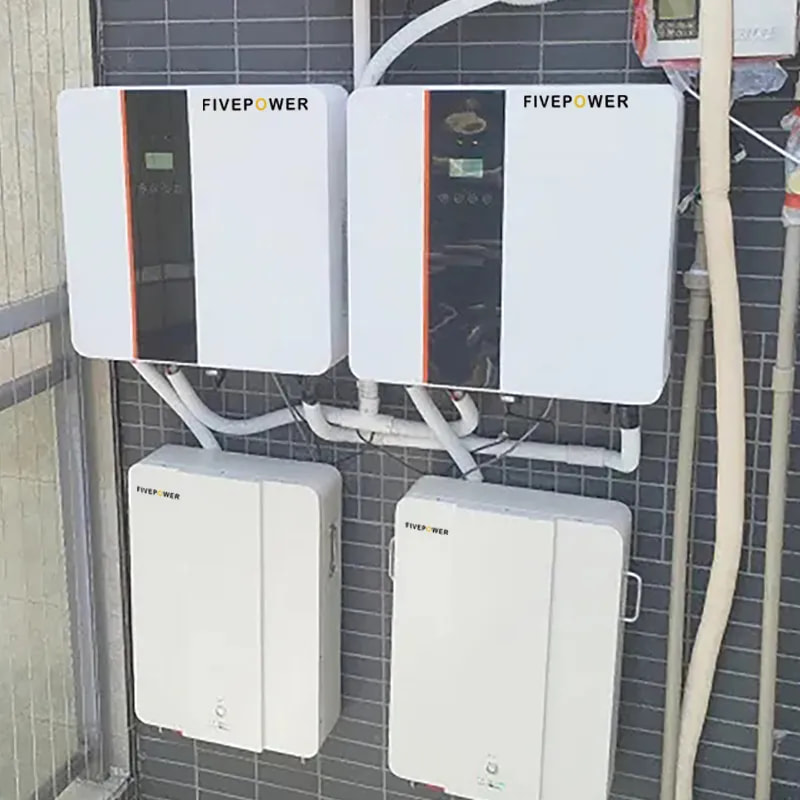How does a BESS system work?
Mar. 19, 2024
How does a BESS system work?
A Battery Energy Storage System (BESS) operates by storing electrical energy in batteries for later use. This straightforward answer, however, belies the complexity and significance of BESS in modern energy systems.
The core functionality of a BESS involves several stages. Firstly, during periods of low electricity demand or when renewable energy sources like solar or wind are generating excess power, the BESS charges its batteries. This charging process involves converting electrical energy into chemical energy, which is stored within the battery cells.
Conversely, when demand for electricity peaks or renewable energy generation dips, the stored energy in the batteries is discharged. This discharge process reverses the chemical reactions, converting the stored chemical energy back into electrical energy, which can then be fed into the grid to meet demand.
Electric Blankets: A Comprehensive Guide
How Does the Prismatic Lithium Battery Pack Assembly Line Work?
What Are the Solar Energy Storage Systems of the Balcony?
Which Is Better: Solar Power Banks or Regular Power Packs?
The Ultimate Guide to TFT Display Modules
Top Tips for Exporting Single Phase String Inverters Successfully
Maximizing Efficiency with Single Phase String Inverters
The origins of BESS technology trace back to the need for efficient energy storage solutions to address the intermittency of renewable energy sources. Traditional energy storage methods, such as pumped hydroelectric storage, were limited by geographical constraints and environmental impact. BESS emerged as a versatile alternative, capable of being deployed in diverse locations and integrated seamlessly into existing grid infrastructure.
The development of BESS systems has been underpinned by advances in battery technology, particularly the improvement of lithium-ion batteries. These batteries offer high energy density, rapid charging and discharging capabilities, and long cycle life, making them ideal for BESS applications.
The adoption of BESS has far-reaching implications for energy systems worldwide. By enabling the integration of renewable energy sources into the grid, BESS plays a crucial role in reducing reliance on fossil fuels and mitigating climate change. Additionally, BESS enhances grid stability and reliability by providing fast-responding energy storage solutions to manage fluctuations in supply and demand.
Furthermore, BESS supports the decentralization of power generation, empowering communities and businesses to take control of their energy production and consumption. This decentralization fosters energy resilience and independence, particularly in remote or underserved areas where traditional grid infrastructure may be lacking.
In conclusion, while the operation of a BESS system may seem straightforward at first glance, its significance extends far beyond simple energy storage. As a key enabler of renewable energy integration, grid stability, and decentralization, BESS is poised to play a central role in shaping the future of energy systems worldwide.
How Does Can I Switch to Li-ion Batteries from NiMH Work?
Can I Replace NiCd Batteries with NiMH?
Key Questions to Ask When Choosing a 5kw Solar Panel System
NiCd Battery Lifespan: How Long Can You Really Expect?
10 Questions You Should Know about How Long Nickel Cadmium Batteries Last
Understanding Glue Gun Heating Elements: Functionality, Types, and Applications
What is the Difference Between IMR, ICR, INR, and IFR 18650 Battery?
234
0
0
Related Articles
-
64
0
0
-
71
0
0
-
47
0
0
-
80
0
0
-
22
0
0
-
22
0
0
-
23
0
0
-
Unlocking Value: How Camels Com Transforms Your Supply Chain Challenges
In today's fast-paced business environment, supply chain challenges are more pronounced than ever.
37
0
0










Comments
All Comments (0)